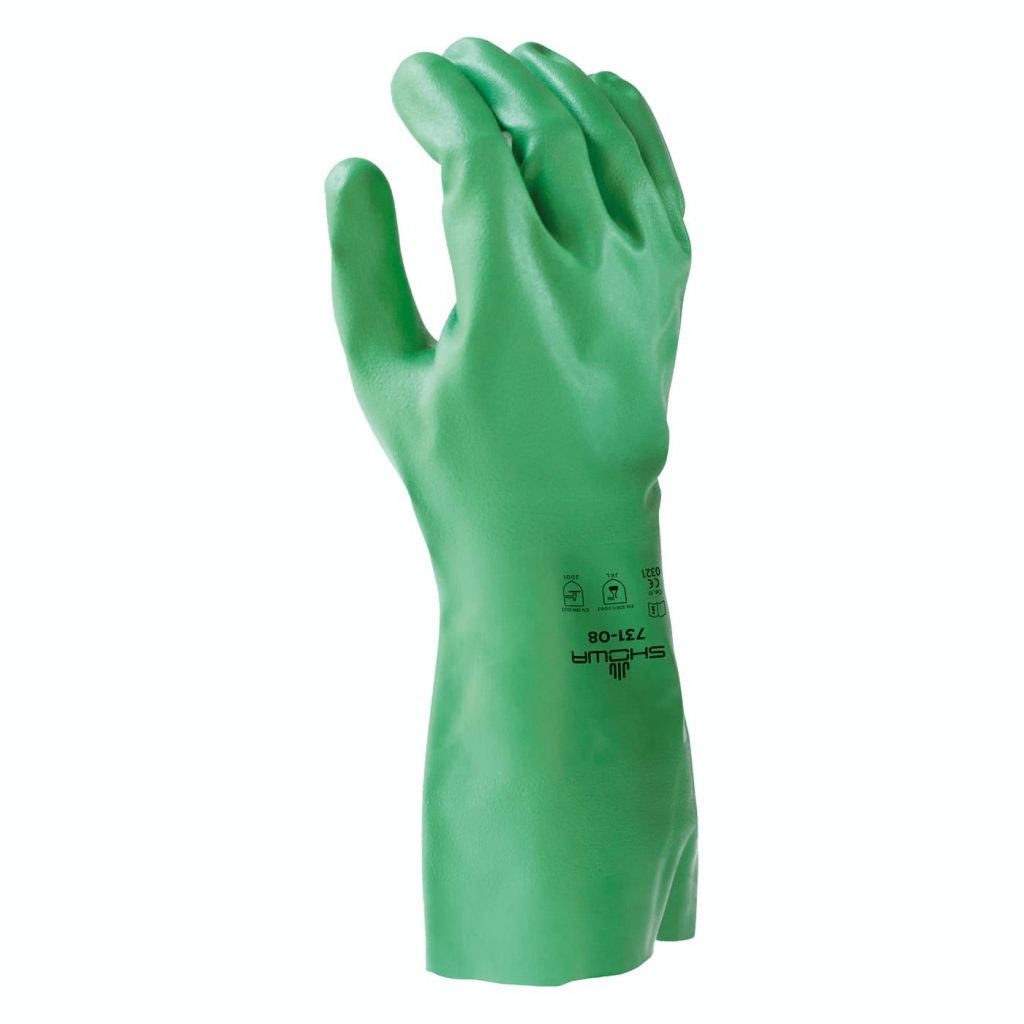Why are Nitrile Gloves Better Suited to the Food Industry?

Many types of gloves are available for Food manufacturing plants, including nitrile, vinyl and silverlined. A quality product that does not pose contamination risks to food production is paramount. Nitrile first became available in the 1990s and has become the most popular glove type within the food processing industry since then. There are many advantages to nitrile, and the varying thickness and options make it one of the most popular glove materials in the food processing industry.
Polyvinyl Chloride (PVC), or Vinyl gloves, as they are commonly referred to, are a relatively cheap option; they are a form of synthetic rubber and are stiff and less breathable than other materials. Their main benefit is their cost, usually considered reasonably cheap. Typically preferred when multiple ingredients are in use, gloves must be changed frequently.
However, due to their stiff nature, they often will tear when donning the glove, resulting in many employees choosing to wear two gloves per hand to reduce the likelihood.
Worse yet, vinyl gloves can often be damaged by pin-prick holes and do not tear, meaning it is challenging to spot this contamination risk.
For many, doubling the price with employees wearing two sets of gloves, paired with the contamination risk, often chooses a more reliable option within the nitrile range.
Nitrile is also a synthetic rubber but has better elasticity, allowing increased comfort and making it easier to put on. The Nitrile range is also more extensive, from different thicknesses, colours and grips – there is sure to be an option to suit all needs within the food processing environment.
Nitrile also boasts the advantages of being allergen-free and having no latex while being puncture and chemical-resistant – and safe for food contact. This means their suitable applications can be extended to various tasks from cleaning to ingredients handling.
Choosing the right gloves ultimately comes down to evaluating various options and seeing which one works best for you. Consider factors like thickness, how they handle your ingredients, and how your staff feels wearing them. Adjusting the thickness may even help cut costs in a competitive market. It's crucial to make sure the gloves you use align with your needs.






